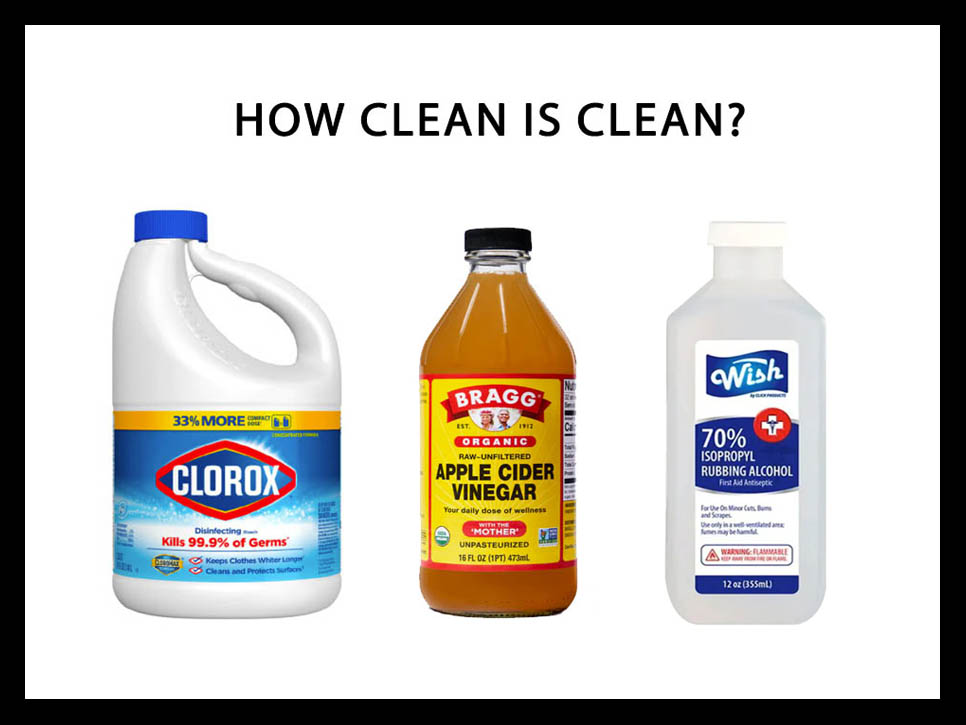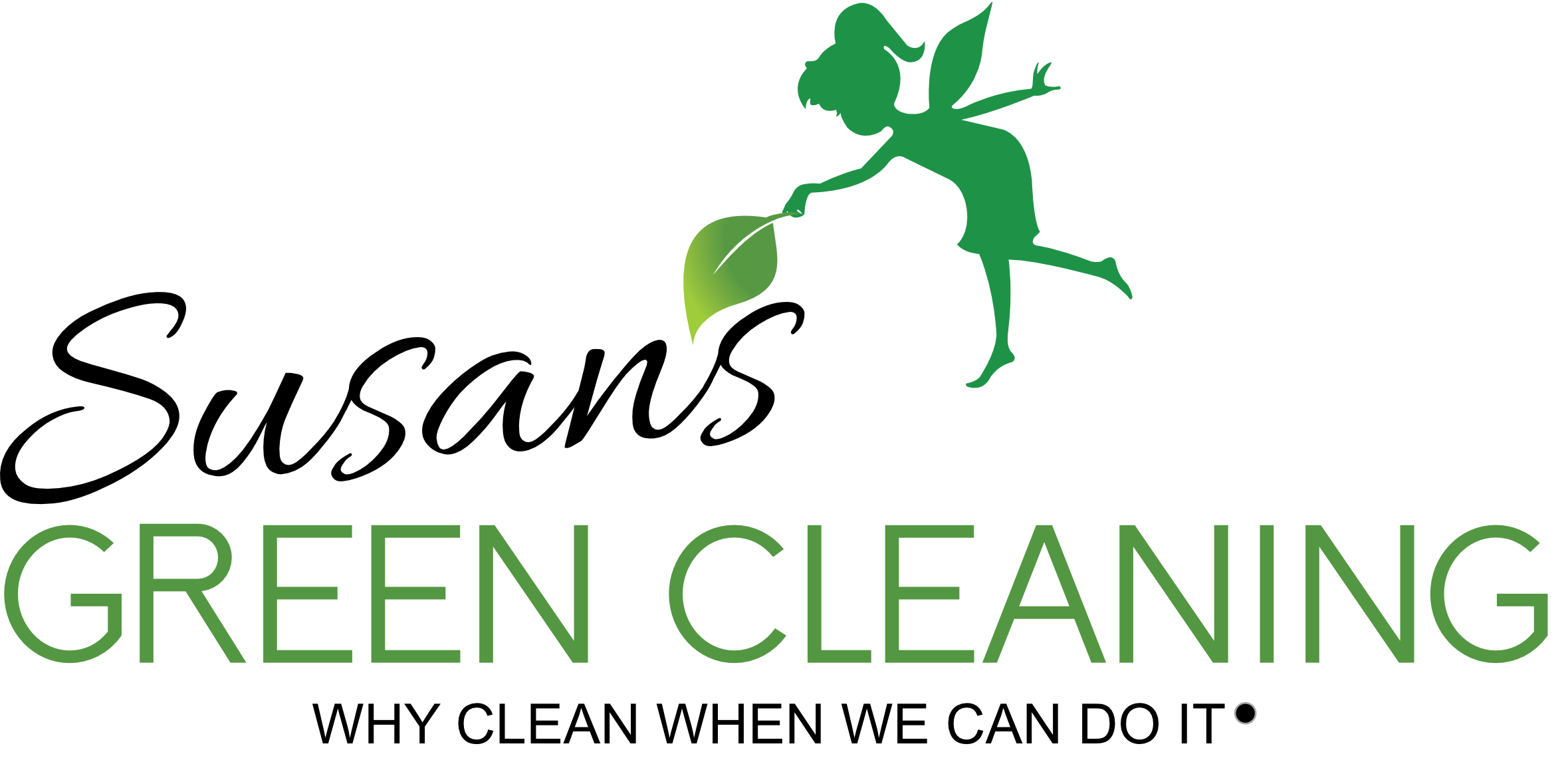
Sanitizing Versus Disinfecting: What’s The Difference?
People use the words sanitizing and disinfecting interchangeably, but they are not the same. Simply put, sanitizing reduces the number of germs on a surface to a safe, acceptable level using different cleaning methods that physically remove germs from surfaces. Disinfecting takes it a step further by actively killing germs, not just removing them. Disinfecting is achieved by using chemicals or treatments that are antagonistic to germs.
Unlike sanitizing, disinfecting shouldn’t be done all the time. Your home should be disinfected when dangerous bacteria is suspected to be present, or after people have been sick.
According to the EPA, a chemical must kill 99.999 percent of germs before it can be called a disinfectant. Sanitizers only need to reduce germs by 99.9 percent.
There are four questions to ask when choosing a disinfectant or sanitizing agent:
- Will this product kill the appropriate pathogen? (Will it be effective?)
- How fast will this product work?
- Is this product safe for people who touch all treated surfaces?
- Is this the easiest and most practical product for the job?
Below is information about the most common methods of sanitizing and disinfecting:
Heat: Does Heat Sanitize Or Disinfect?
Heat is a great disinfectant, if you know what temperature, and what treatment duration time is required to kill microorganisms. Using heat to disinfect requires a knowledge of the germs or bacteria you wish to kill, and a way to monitor temperature and time. Water temperature must be at least 180 degrees F, but not greater than 200 degrees F to properly disinfect. Water vapor/steam must heat an object at 160 degrees F for long enough time to kill the germ.
If you have objects that you need to sanitize, rather than disinfect, boil them in hot water (if it’s safe to do so) for one to five minutes. If you want to sterilize the water and make it safe to drink, the CDC recommends boiling it for one minute at elevations under 6,500 feet and for three minutes at elevations over 6,500 feet.
UV Light: Does UV Light Sanitize Or Disinfect?
UV light has been used for disinfection since the middle of the 20th century. UV disinfection is also known as ultraviolet germicidal irradiation (UVGI). It works by breaking the chemical bonds and changing the structure of DNA, RNA, and proteins to stop the microorganism from replicating. However, not all wavelengths of UV are effective. Of the three types of UV light, only UVC (100-280nm) has high enough energy to effectively kill microorganisms. UVC not only disinfects, but also combats viruses and bacteria. At 254 nm, UVC is effective against all foodborne pathogens, natural microbiota, molds, and yeasts. It is imperative that you look up how long each microorganism must be in contact with UVC to be killed.
Bleach: Does Bleach Sanitize Or Disinfect?
Bleach is considered to be a sanitizer and a disinfectant, depending on how strong the bleach solution is. If sodium hypochlorite is diluted too much, it can no longer disinfect. It may surprise you to find out that Clorox Disinfecting Wipes do not contain bleach. Instead, they are made with anti-bacterial formulations that kill 99.9% of bacteria, including Salmonella and E. coli, which are microbes usually found in the kitchen from raw meats and sometimes produce. They do not truly disinfect.
In fact, they could make surfaces germier if used improperly. The instructions on Clorox wipes say that surfaces must stay wet for four minutes to disinfect. Most people do not keep surfaces wet for that length of time.
Vinegar: Does Vinegar Sanitize Or Disinfect?
Vinegar is made of 5 to 10 percent acetic acid and 90 to 95 percent water. It is made when ethanol alcohol is processed by microorganisms through fermentation. Anything that can be made into vinegar, such as wine, hard cider, or other grain distillate, works well to clean, but will not eliminate germs that cause colds, flus, and other viruses. It is considered to be a sanitizer by EPA standards.
Alcohol: Does Rubbing Alcohol Sanitize Or Disinfect?
Rubbing alcohol doesn’t disinfect, but has solvent qualities that clean mirrors and glass without streaking. It is great for polishing, but not for reducing germs.
The best, and easiest way to sanitize and disinfect your home is to hire Susan’s Green Cleaning for a deep clean of your home with EPA-approved, non-toxic TANCS® virus disinfection.
WHAT IS TANCS®?
TANCS® stands for “Thermo Accelerated Nano Crystal Sanitation.” TANCS is a machine that cleans and disinfects with dry steam vapor in an eco-friendly, green, and non-toxic way. It is not a standard steam cleaner like many on the market; it is an industrial, hospital-grade steam machine that decontaminates the way cruise ships do when they treat for norovirus. We use it because it kills viruses, bacteria, germs, and fungi in short order without the use of chemicals. Give us a call to schedule a TANCS treatment for your home.
